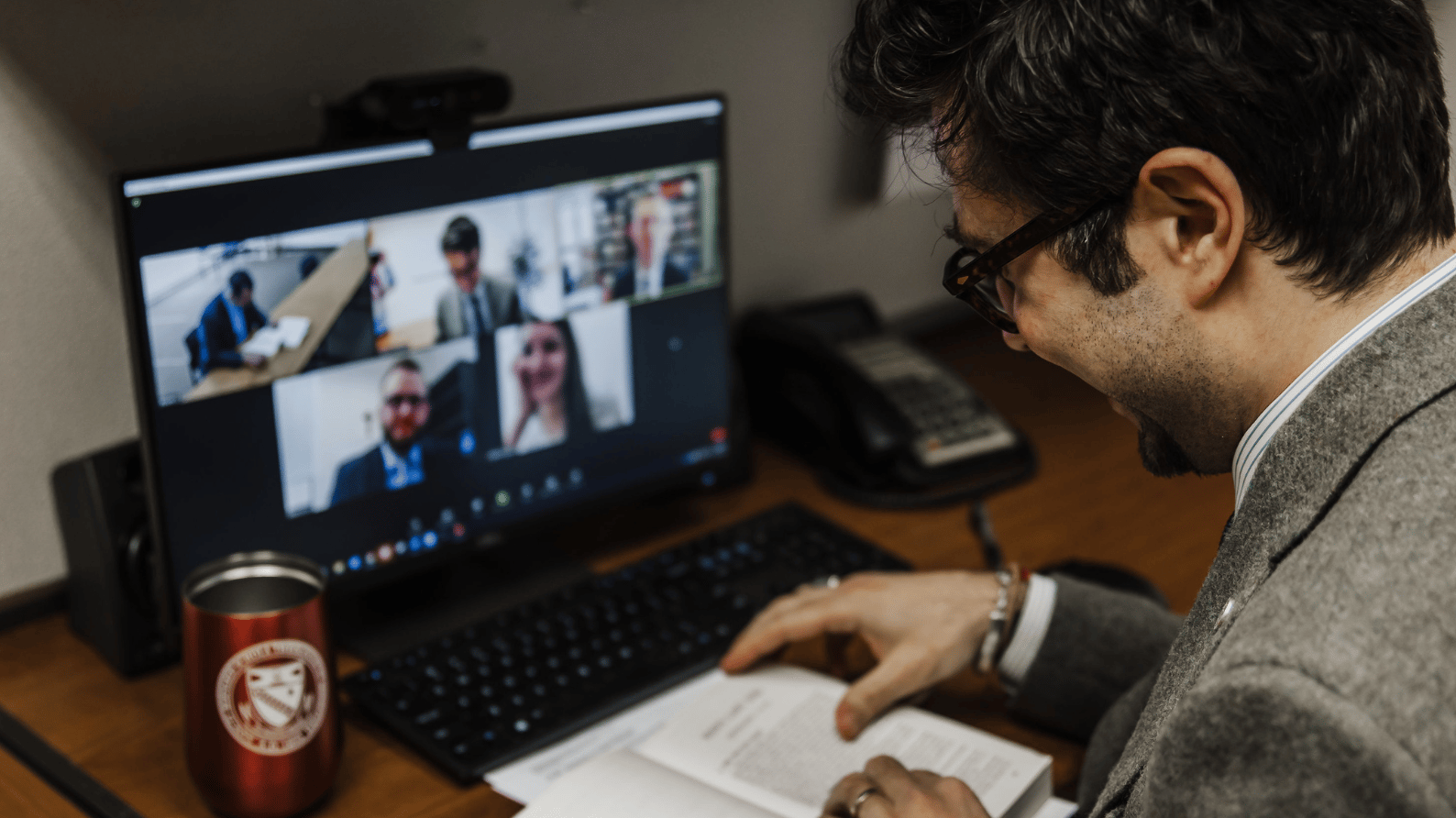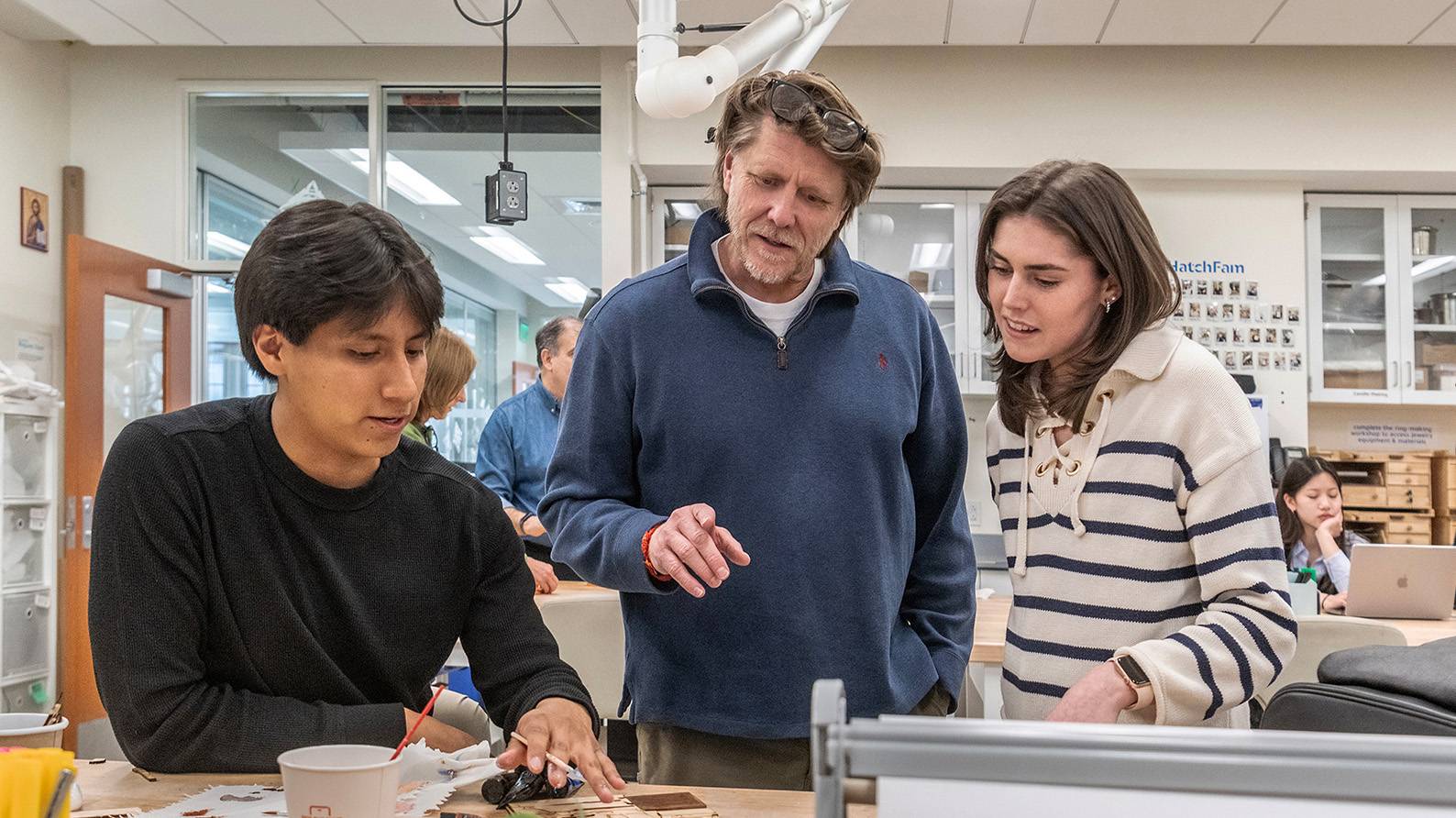JERUSALEM, 1882 – It was as if all of Europe had its gaze set upon the Holy Land. Under the direction of the French Assumptionists, large groups of pilgrims were coming to this holy place; seeking to experience the life of Christ in a personal way. Unfortunately for them, however, there were no five-star hotels or Starbucks to ease their stay.
The French Baron Amadeus Marie Paul de Piellat and his pilgrims pitched their tents outside the Old City walls. The Count of Piellat, who had been searching for a plot of land in Jerusalem on behalf of religious communities, later found a 4,000 square meter parcel of land right next to the French Hospital of St. Louis des Français, just outside of the city walls.
Thanks to the help of generous benefactors, the Assumptionists were able to acquire this property and the reparations began under the direction of Father Germer-Durand, A.A. The cornerstone of Notre Dame was officially laid on June 10th, 1885.
Until the First World War, the building also served as a seminary for future Assumptionists. The scientific research and the publications of its staff gave it an excellent reputation. Particularly famous was its museum which, unfortunately, was almost completely destroyed in subsequent outbreaks of hostility.
After the Second World War, the building was heavily damaged during the Arab – Israeli conflict of 1948. The south wing, facing the Old City, became uninhabitable as a result of the explosion of two bombs, and became an Israeli guard post.
The north wing and the small houses in the garden were occupied by numerous refugees. The Assumptionists lived in the central wing next to the chapel and continued their mission, offering their traditional hospitality to a greatly reduced number of faithful pilgrims.
The Center was eventually turned over to the Holy See on March 2nd, 1972, and Notre Dame of Jerusalem was gradually resurrected as an international pilgrim center. On December 27th, 1978 His Holiness Pope John Paul II, in his first Motu Proprio, established the center as a Pontifical Institute and ecumenical holy place.
After the Intifada and the Gulf War of 1991, the situation became more stable and Notre Dame was able to function normally again. Difficult years started when the second Intifada broke out on September 28th, 2000, and the occupancy of the Notre Dame Center dropped drastically. On September 1st, 2001, the Notre Dame Center had to be closed.
It reopened its doors for groups again at the end of March 2002. During the following years the directive team of Notre Dame had to struggle with low numbers of groups visiting the Holy Land. But there were loyal promoters of pilgrimages who, even in those unstable years, would come each year with their groups. Recovery began in 2004.
Today, the Pontifical Institute Notre Dame of Jerusalem Center is a thriving community of pilgrims and visitors from all over the world. Overlooking the Old City just outside the New Gate with its commanding architectural style – reminiscent of medieval stonework with an arabesque influence – the Vatican’s guest house blends into the ancient cityscape while maintaining the hustle and bustle of a modern hotel.
Visited by both Pope Benedict and Pope Francis, the hotel has contemporary accommodations along with numerous restaurants – including the renown Cheese and Wine restaurant, located on the rooftop. There, you can experience spectacular views overlooking the Old City, and you might be lucky enough to get Fr. Eamon Kelly, the Vice Chargé, to give you an entire history of the Bible from that very viewpoint.
Also located at Notre Dame is the “Who Is the Man of the Shroud” permanent exhibition. Opened in 2006, the exhibit on the Holy Shroud helps pilgrims gain a deeper understanding of Christ’s suffering and Resurrection as they visit these holy places around the city.
For over 130 years the Notre Dame Center has sought to provide pilgrims a place of rest and renewal in the eternal city. It’s location and history make it a must-see/stay place on your next pilgrimage to the Holy Land.
The Notre Dame of Jerusalem Center continues to fulfill the mission entrusted to it by His Holiness Pope John Paul II, who stated in his Decree, “We dedicate this Center to Our Lady of Jerusalem, Regina Pacis (Queen of Peace), and offer it to the world as a place of fruitful spiritual development.”
You can learn more about The Pontifical Institute Notre Dame of Jerusalem Center and book your next pilgrimage HERE. For questions and comments, please contact Richard Kovacs: rkovacs@magdala.org.















